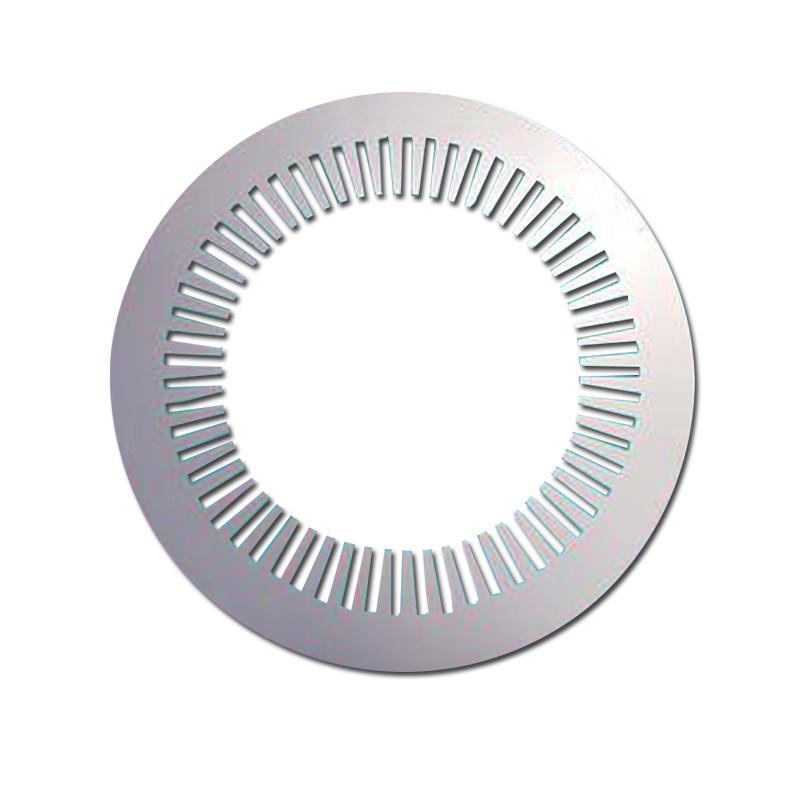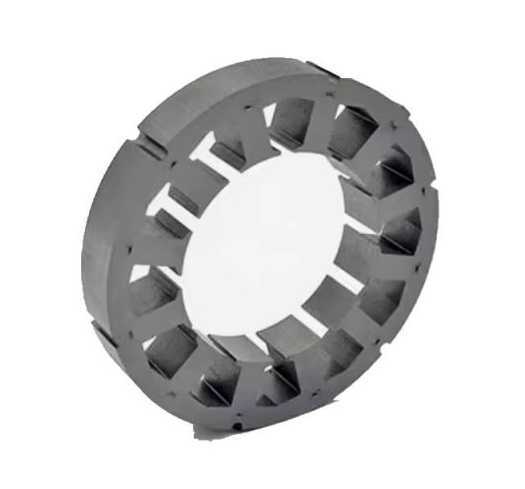In the realm of electrical systems, high voltage stator lamination plays a crucial role in ensuring efficient and reliable operation. This article aims to explore the significance of stator lamination in high voltage applications, highlighting its impact on energy efficiency, performance, and overall system reliability.
The Basics of Stator Lamination
Definition and Purpose
Stator lamination refers to the process of stacking thin, insulated sheets of magnetic material to form the stator core. Its primary purpose is to minimize energy losses caused by eddy currents and hysteresis, thereby enhancing the overall efficiency of electrical systems.
Material Selection
The choice of material for stator laminations is critical. Commonly used materials include silicon steel and amorphous metal alloys, each offering distinct advantages in terms of magnetic properties, cost, and manufacturing feasibility.
Energy Efficiency Enhancement
Reduction of Eddy Current Losses
Eddy currents, induced by alternating magnetic fields, can lead to significant energy losses in the stator core. By utilizing laminations, the path for eddy currents is disrupted, resulting in reduced energy dissipation and improved system efficiency.
Minimization of Hysteresis Losses
Hysteresis losses occur due to the magnetization and demagnetization of the stator core during each cycle. Laminations with low hysteresis properties help minimize these losses, contributing to enhanced energy efficiency and reduced heat generation.

Performance Optimization
Magnetic Flux Control
Stator laminations enable precise control over the magnetic flux within the core, ensuring optimal distribution and minimizing leakage. This control enhances the performance of electrical systems, leading to improved power transmission and reduced losses.
Noise and Vibration Reduction
Laminations help dampen vibrations and reduce the noise generated by the electromagnetic forces within the stator core. This is particularly crucial in high voltage applications, where excessive noise and vibrations can lead to mechanical stress and system failures.
System Reliability and Durability
Thermal Management
Efficient stator lamination designs facilitate better heat dissipation, preventing excessive temperature rise within the core. This thermal management ensures the longevity and reliability of electrical systems, reducing the risk of insulation degradation and premature failure.
Mechanical Stability
The stacking of laminations provides mechanical stability to the stator core, minimizing the risk of deformation and mechanical stress. This stability is vital in high voltage applications, where the core experiences significant electromagnetic forces.

Conclusion
High voltage stator lamination plays a pivotal role in optimizing energy efficiency, enhancing performance, and ensuring the reliability of electrical systems. By reducing energy losses, controlling magnetic flux, and improving thermal management, laminations contribute to the overall sustainability and longevity of these systems. Understanding the importance of stator lamination empowers engineers and designers to make informed decisions, leading to more efficient and reliable electrical systems in the future.
Email:amy@longnai-edrive.com
High Voltage Stator Lamination: Enhancing Efficiency and Performance
